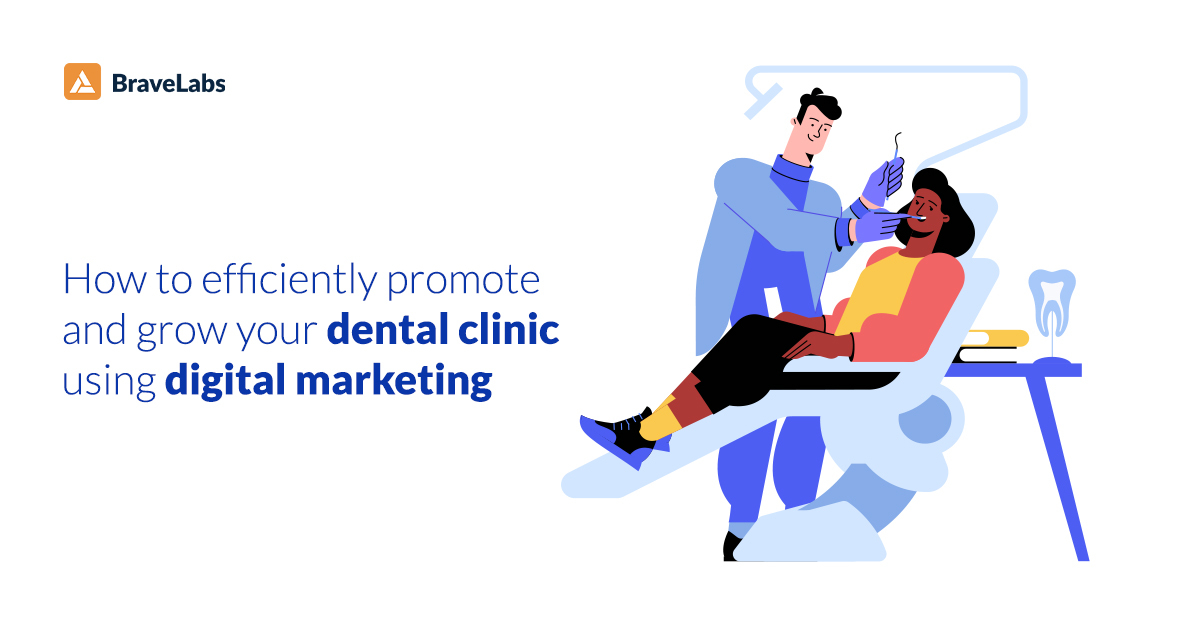Designing a Healthcare Website? Here are some mistakes you should avoid.
Designing a healthcare website? Avoid these common mistakes to create a user-friendly and professional online presence for your healthcare organization.
Designing a healthcare website
can be a complex and time-consuming task. With so many factors to consider and
a wide range of audiences to cater to, it’s easy to make mistakes that can
hinder the effectiveness and success of your website. In this blog, we’ll cover
some of the most common mistakes to avoid when designing a healthcare website, as
well as provide an overview of the key stages involved in the process.
A healthcare website design is an
essential tool for any medical practice, hospital, or other healthcare
organization. It allows you to share important information about your services,
provide access to resources and tools for patients, and create a professional
online presence. However, designing a healthcare website is not as simple as
designing any other type of website. There are unique considerations to keep in
mind, such as HIPAA compliance and the needs of different patient groups.
To help you avoid common pitfalls
and create a successful healthcare website, we’ve compiled a list of mistakes
to avoid during the design process. We’ll also provide an overview of the key
stages involved in designing a healthcare website, from planning and research
to testing and launching.
Mistakes to Avoid
• Ignoring HIPAA
compliance: HIPAA
(Health Insurance Portability and Accountability Act) is a federal law that
sets standards for the protection of medical information. It’s important to
ensure that your healthcare website is compliant with HIPAA regulations to
avoid potential legal issues. This includes properly securing patient data,
obtaining consent for the use of personal information, and displaying a privacy
policy.
• Not considering the
needs of different patient groups: Different patient groups may have different
needs and preferences when it comes to accessing healthcare information online.
For example, elderly patients may prefer a more straightforward layout with
larger text, while younger patients may be more comfortable with a more modern
design. It’s important to consider the needs of different patient groups when
designing your healthcare website.
• Failing to optimize for
mobile devices: More and more people are accessing the internet via their smartphones
and tablets. It’s essential to ensure that your healthcare website is optimized
for mobile devices, with a responsive design that adapts to different screen
sizes and a user-friendly interface.
• Overlooking the
importance of search engine optimization (SEO): SEO is the process of
optimizing your website to rank higher in search engine results. This is
important for healthcare websites because it helps to increase visibility and
attract more traffic. To optimize your healthcare website for SEO, you’ll need
to conduct keyword research, optimize your website’s structure and content, and
build high-quality backlinks.
• Not including clear
calls to action: A call to action (CTA) is a statement or button that encourages visitors
to take a specific action, such as making an appointment or signing up for a
newsletter. It’s important to include clear CTAs on your healthcare website to
help guide visitors toward your desired goals.
• Neglecting to include
social media integration: social media can be a powerful tool for healthcare organizations. By
integrating social media into your website, you can connect with patients,
promote your services, and share updates and resources.
Key Stages of Designing a Healthcare Website
Designing a healthcare website design is
a crucial task that requires careful planning and consideration. Not only do
healthcare websites serve as a platform for providing important information to
patients and healthcare professionals, but they also serve as a means of
communication and a way to build trust with the audience. In this blog, we will
explore the key stages of designing a healthcare website, with a focus on
physician website design agencies.
The Power of a Well-Designed Website for Physicians
As a physician, it’s important to
have a strong online presence to attract new patients and establish credibility
in your field. A well-designed website is a crucial component of this presence,
as it serves as a virtual storefront for your practice. A website that is
visually appealing, easy to navigate, and informative can help you stand out in
a crowded market and give potential patients the confidence to choose your
practice over others.
A well-designed website can also
help you streamline your practice and improve the patient experience. By
providing information about your services, appointment scheduling, and patient
resources online, you can reduce the workload on your front desk staff and make
it easier for patients to access the care they need. This can lead to increased
patient satisfaction and loyalty, which can ultimately drive more business to
your practice.
In short, a well-designed website
is an invaluable tool for physicians looking to attract and retain patients. It
can help you stand out in a crowded market, streamline your practice, and
improve the patient experience. Investing in a professional website is an
investment in the long-term success of your practice.
Defining the goals and target audience
Before starting the design
process, it is essential to clearly define the goals and target audience of the
healthcare website. Some common goals for healthcare websites include providing
information about services and treatments, facilitating appointment scheduling,
and enabling communication with healthcare professionals. The target audience
will typically include patients, but it may also include healthcare
professionals, caregivers, and the general public.
Conducting a website audit
Conducting a website audit is an
important step in the design process as it allows you to identify any existing
problems or weaknesses in the current website. This can be done through a
variety of methods, including analyzing website traffic, evaluating the user
experience, and reviewing website content. A website audit can also help you to
identify any gaps in the information provided on the website and determine what
needs to be included in the new design.
Gathering
information and creating a content strategy
Gathering information and creating a content
strategy is a crucial step in the design process as it ensures that the website
will be informative and relevant to the target audience. This may involve
conducting research, gathering input from healthcare professionals, and creating
a content calendar to plan the release of new content. It is also important to
consider the tone and style of the content, as it should be clear and easy to
understand for the target audience.
Designing the website
The design of the healthcare
website should be visually appealing and user-friendly. This may
involve choosing a color scheme, selecting fonts and images, and designing the
layout of the website. It is also important to consider the responsiveness of
the website, as it should be accessible on various devices such as desktop
computers, tablets, and smartphones.
Testing and launching the website
Before launching the website, it
is essential to test it to ensure that it is functioning properly and providing
a good user experience. This may involve conducting user testing and making any
necessary changes based on the feedback received. Once the website has been
finalized, it is ready to be launched.
Conclusion
To summarise, developing a
healthcare website is a complicated and critical undertaking that demands
careful preparation and attention. The process’s essential steps include
identifying the goals and target audience, doing a website audit, gathering
information and developing a content strategy, designing the website, testing,
and launching the website. Working with a physician website design agency can
assist in ensuring that the website is functional and satisfies the demands of
the target audience.
However, there are numerous
blunders to avoid while developing a healthcare website. Failure to properly
identify the aims and target audience is one error that might result in a
website that is not adapted to the demands of the users. Another mistake is
neglecting to conduct a website audit, which can result in a website that is
not optimized for the user experience.
Finally, it is essential to
thoroughly test and launch the website to ensure that it is functioning
properly and providing a good user experience. By avoiding these mistakes and
following the key stages of the design process, healthcare organizations can
create a successful and effective website that serves the needs of their target
audience. BraveLabs offers hospital and physicians marketing
services such as medical website design. To redesign your medical website,
contact BraveLabs today.




Comments
Post a Comment